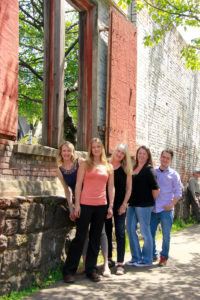The east country side that this page is about consists of all the foothills towns that are south and east of the suburbs that I have covered already in this guide.
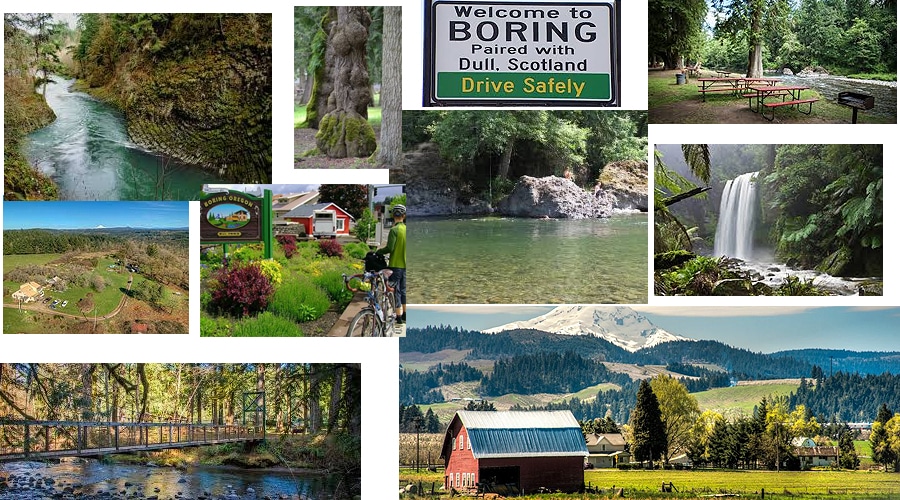
These are little towns, mostly just unincorporated communities that live in the forests and farmland that dots the lower Cascade foothills east and south of Portland. Each of the foothills towns are a little bit different, but basically the areas are the same, based around a river, settled in the 1800s by people who wanted to farm the land or log the land. And now inhabited by people that love to be away from the hustle and bustle, who want the quiet and serenity of the forest and isolated farmlands around. I have chosen 4 little towns to do a little article about.
Colton, Oregon
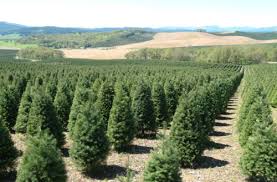 Colton is an unincorporated community between Estacada and Molalla. It was settled in 1892, and has historically had a large Swedish popluation. Colton is surrounded by forests of fir, cedar, spruce and other evergreens, and after the first loggings were done, it has been allowed to grow back into pretty dense forest. When I think of Colton, I think of little gravel roads winding through the forest to houses that are spread out and have a little bit of acreage. It’s not all like that, but alot of it is. It is a good place to look for a little bit of acreage, but most of what you will find will be covered with trees. There are quite a few Christmas Tree farms out here. Colton is located on Mill Creek, which is a tributary of the
Colton is an unincorporated community between Estacada and Molalla. It was settled in 1892, and has historically had a large Swedish popluation. Colton is surrounded by forests of fir, cedar, spruce and other evergreens, and after the first loggings were done, it has been allowed to grow back into pretty dense forest. When I think of Colton, I think of little gravel roads winding through the forest to houses that are spread out and have a little bit of acreage. It’s not all like that, but alot of it is. It is a good place to look for a little bit of acreage, but most of what you will find will be covered with trees. There are quite a few Christmas Tree farms out here. Colton is located on Mill Creek, which is a tributary of the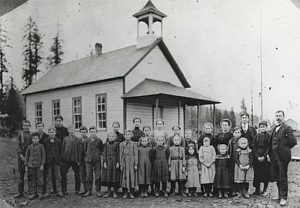 Mololla River. It is in a narrow canyon, so the hills go up all around it. So to me, who is a sun lover, it feels dark, but to those who love peace, quiet, serenity and the forest, this is a lovely place! Colton was a logging town for years, so it was settled early because of the logging. But once logging stopped, Colton went into kind of a depression. It is about an hour from Portland during rush hour, but people still do commute to Portland from here.
Mololla River. It is in a narrow canyon, so the hills go up all around it. So to me, who is a sun lover, it feels dark, but to those who love peace, quiet, serenity and the forest, this is a lovely place! Colton was a logging town for years, so it was settled early because of the logging. But once logging stopped, Colton went into kind of a depression. It is about an hour from Portland during rush hour, but people still do commute to Portland from here.
Mulino,Oregon
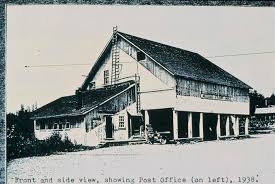 Mulino is called a hamlet, and it was settled by immigrants who had traveled on the Oregon Trail. It was originally a family enterprise, in the mid 1850s, and had a gristmill for grinding flour. That mill is still being used, and is the oldest continuously used industrial structure still standing in Oregon. Most settlers who came through on the Oregon Trail and ended up in Oregon City in the 1840s ended up going south. Apparently the Howard family followed a dirt road, and stumbled upon Milk Creek. He had been a miller in Ohio before coming to Oregon, and decided it was a perfect place to set up his mill. A dam was built on Milk Creek and a sluiceway was constructed to power the mills. The waterwheel for the gristmill was powered perpendicularly; that is, the wheel lay on its side with the water running past one side, turning the wheel horizontally. The grinding stones, ordered from New York City, sent by ship around South America’s Cape Horn, took a year to reach Howards Mill. Thus began Mulino. In 1851 he had claimed 640 acres, set up his home, barn and mill, and was open for business. Others followed and it was then called Howards Mill. In 1882 his son set up a post office, and named it Moluno which means mill in Spanish. It was changed to Mulino because they thought Moluno was too close to the nearby town of Molalla. I got this information from the Oregon Encyclopedia Now Mulino is just a little town up in the forest on Milk Creek.
Mulino is called a hamlet, and it was settled by immigrants who had traveled on the Oregon Trail. It was originally a family enterprise, in the mid 1850s, and had a gristmill for grinding flour. That mill is still being used, and is the oldest continuously used industrial structure still standing in Oregon. Most settlers who came through on the Oregon Trail and ended up in Oregon City in the 1840s ended up going south. Apparently the Howard family followed a dirt road, and stumbled upon Milk Creek. He had been a miller in Ohio before coming to Oregon, and decided it was a perfect place to set up his mill. A dam was built on Milk Creek and a sluiceway was constructed to power the mills. The waterwheel for the gristmill was powered perpendicularly; that is, the wheel lay on its side with the water running past one side, turning the wheel horizontally. The grinding stones, ordered from New York City, sent by ship around South America’s Cape Horn, took a year to reach Howards Mill. Thus began Mulino. In 1851 he had claimed 640 acres, set up his home, barn and mill, and was open for business. Others followed and it was then called Howards Mill. In 1882 his son set up a post office, and named it Moluno which means mill in Spanish. It was changed to Mulino because they thought Moluno was too close to the nearby town of Molalla. I got this information from the Oregon Encyclopedia Now Mulino is just a little town up in the forest on Milk Creek.
Eagle Creek, Oregon
Eagle Creek is one of the foothills towns, 7 miles SW of Sandy, 7 miles north of Estacada, and it is on the Clackamas River. It was named after Eagle Creek, which is a local creek in the area, that got it’s name from all the eagles that lived there. It was originally settled in 1867 by Philip Foster, who established a farm.
Boring Oregon
 Boring is also one among the little foothills towns that we always go through on our way up to Mt Hood. We always laugh at the name, as I guess everyone does, and I wondered how it got the name. It was named after William Boring, a Union Soldier and pioneer whose famliy settled here in 1856. It was platted in 1903 after the Portland electric RR came into town. Now that RR has become the Springwater Trail, which begins in Boring and ends at the Eastbank Esplanade on the Willamette River! Boring has an extinct volcanic field that spreads all the way to Portland. It was a real hub of the timber industry before and during WW1, and is now mostly nurseries, and farms.
Boring is also one among the little foothills towns that we always go through on our way up to Mt Hood. We always laugh at the name, as I guess everyone does, and I wondered how it got the name. It was named after William Boring, a Union Soldier and pioneer whose famliy settled here in 1856. It was platted in 1903 after the Portland electric RR came into town. Now that RR has become the Springwater Trail, which begins in Boring and ends at the Eastbank Esplanade on the Willamette River! Boring has an extinct volcanic field that spreads all the way to Portland. It was a real hub of the timber industry before and during WW1, and is now mostly nurseries, and farms.

